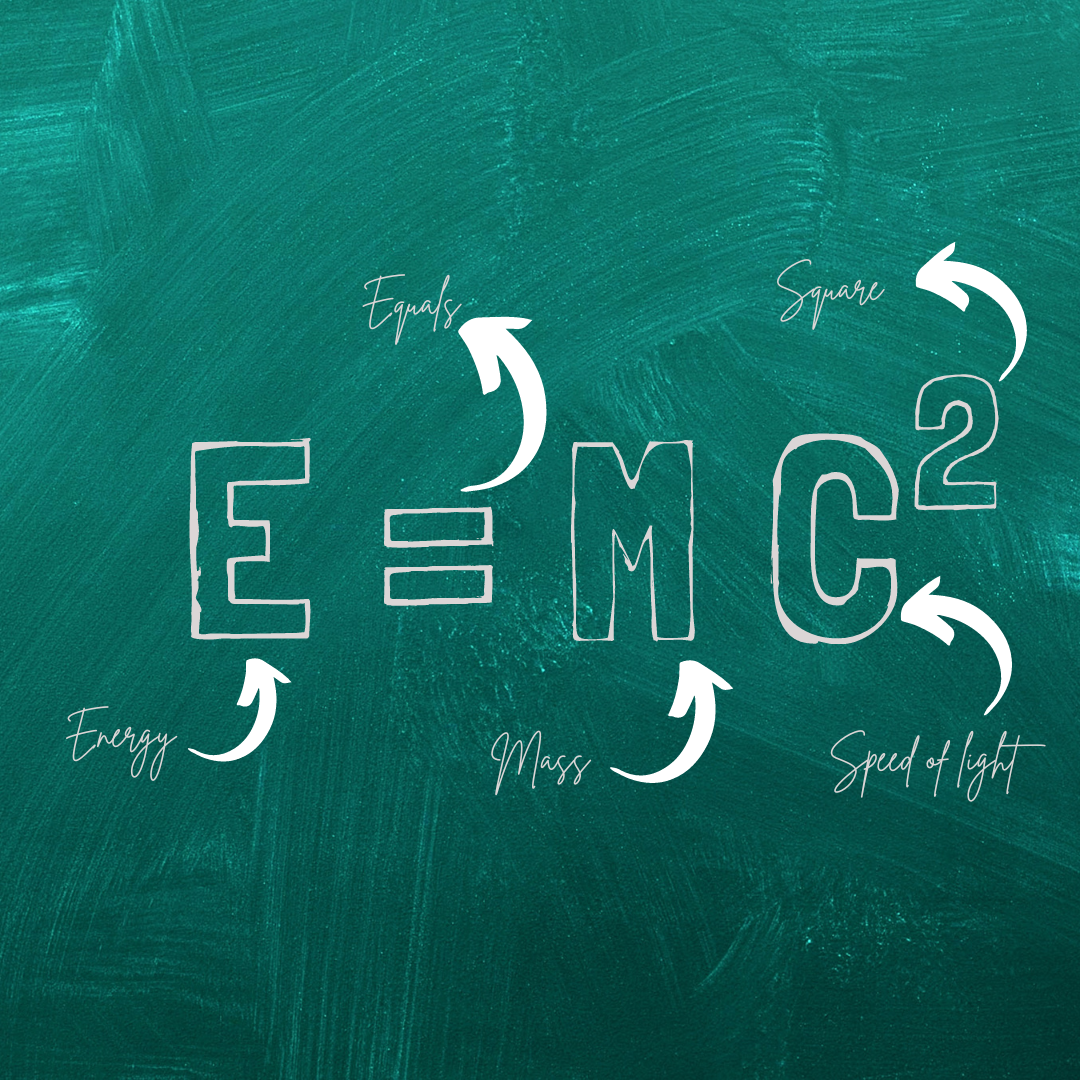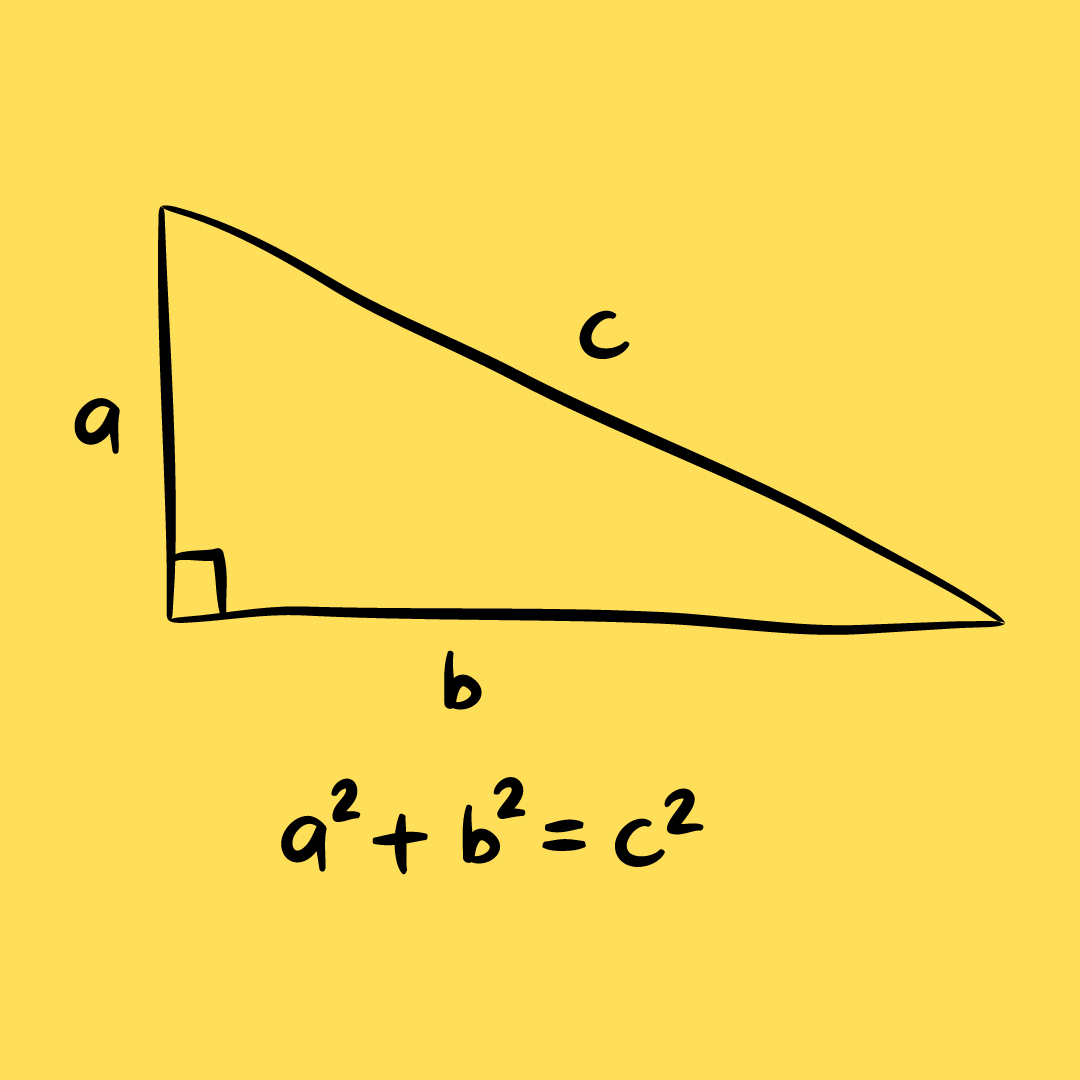How do equations work? Along with letters, numbers, and strange symbols, there was also a fresh understanding of the connections between the basic elements of our physical world. Whether it's the sides of a triangle, the force of gravity between two bodies, or the link between mass and energy, all equations crystallize something significant about the cosmos.
The equals symbol at the center of any equation is its most crucial component. The two horizontal lines indicate that altering one thing will cause a similar alteration in an apparently unrelated object. Equations show the relationships between seemingly unrelated quantities or attributes in this way. Once connected, the recently found relationship can provide the foundation for additional discoveries.
Selecting the most significant equations is a nearly impossible undertaking. Depending on the situation, a relationship's significance will vary significantly. The law of gravitation, as opposed to the Schrödinger equation, will seem far more important if you are, say, falling out of an airplane. Similarly, scientists' use of equations varies according to the field in which they work.
However, there are a few equations that stand out as having had a very significant impact on our worldview. These five equations, albeit not comprehensive, all distill something entirely new, be it a novel relationship between objects or simply a fresh perspective on the world. Furthermore, once these formulas were written down, successive generations of scientists might use them to further their research and create even more advances.
E=mc^2

We'll use possibly the most well-known equation of all for our first. The equation that Albert Einstein derived in 1905 to relate mass and energy is both elegant and at first glance confusing. According to this equation, energy is equal to the square of the speed of light multiplied by the mass of an object in its rest frame. By accomplishing this, Einstein united what were previously two distinct domains by demonstrating that mass and energy may be thought of as identical to one another.
We can see from Einstein's equation that altering an object's mass will also alter the amount of energy it contains, and vice versa. This is frighteningly evident after a nuclear explosion, since minute variations in radioactive element mass translate into enormous energy releases.
A prevalent misperception is that the equation demonstrates the conversion of mass into energy and vice versa. Actually, Einstein did not mean it. Rather, he demonstrated only that a change in mass must entail a change in energy, albeit a very significant one.
Pythagorean Theorem

According to the theorem, we may find the length of a right triangle's longest leg squared by adding the squares of its two shorter legs. This early example of deriving a fundamental discovery about numbers from the interactions between shapes effectively united the fields of geometry and algebra. In the realm of topology, other findings along these lines continue to be made today. In a more practical sense, we depend on the theorem each time our GPS determines our location.
Second Law of Thermodynamics
The laws of thermodynamics were derived from observations of the motion of energy. The first law, which stipulates that energy conservation is always necessary, is a significant discovery in and of itself. However, the second law—which at first explained the flow of heat in a system—would turn out to have incredibly broad ramifications.
The most fundamental finding of the law, which varies in formulation based on the circumstances, is that energy and heat naturally move in one direction only: from hot to cold. Although we can use energy to heat anything up, that is only a temporary fix.
Even though we see it every day, its value is immense. This irreversibility is the foundation for difficult ideas like entropy and the arrow of time. In the end, it results in the inevitable heat death of the universe, which occurs when mass and energy are dispersed over space in such an even and thin manner that further events are impossible.
Calculus
Despite the large number of distinct equations in calculus, it all started with a single discovery. The convergence of infinite series as they approach a given limit was separately formalized by two 17th-century scholars, Gottfried Leibniz and Isaac Newton. This partially resulted from the challenge of figuring out a curved line's slope at every given location. Mathematicians have previously provided a partial answer to this topic, but never with the elegance and thoroughness of Leibniz and Newton.
The derivative and the integral, which are the two pillars of calculus, are the result of their effort. The area beneath a curve on a graph is given by integrals, while derivatives provide the rate of instantaneous change of a function. These days, calculus is used in many scientific fields, including engineering, physics, economics, and many more.
There was a sharp disagreement between the two mathematicians on who the real father of calculus was. These days, it is acknowledged that both guys independently invented it. However, the term calculus itself is attributed to Leibniz. Newton would have preferred that we refer to the "Method of Fluxions" today.
Universal Law of Gravitation
Newton can take exclusive credit for his Universal Law of Gravitation, even though he must share credit for calculus. The equation states that every particle of matter in the universe exerts an attractive force on every other piece of matter, drawing inspiration from the works of scientists such as Johannes Kepler and Galileo. This force grows exponentially with mass and diminishes with distance.
Kepler's research on the motion of celestial bodies and Galileo's observations of object motion on Earth were combined by Newton's work. The outcome was an equation that demonstrated that the motions of planets and cannonballs are governed by the same principles, which was not always the case in his day.
Newton's rules have been superseded by Einstein's theory of relativity, which among other things takes into consideration objects that are extremely heavy or close together. However, most of the interactions we observe in our environment still follow from Newton's observations. Not bad for a seventeenth-century person.


